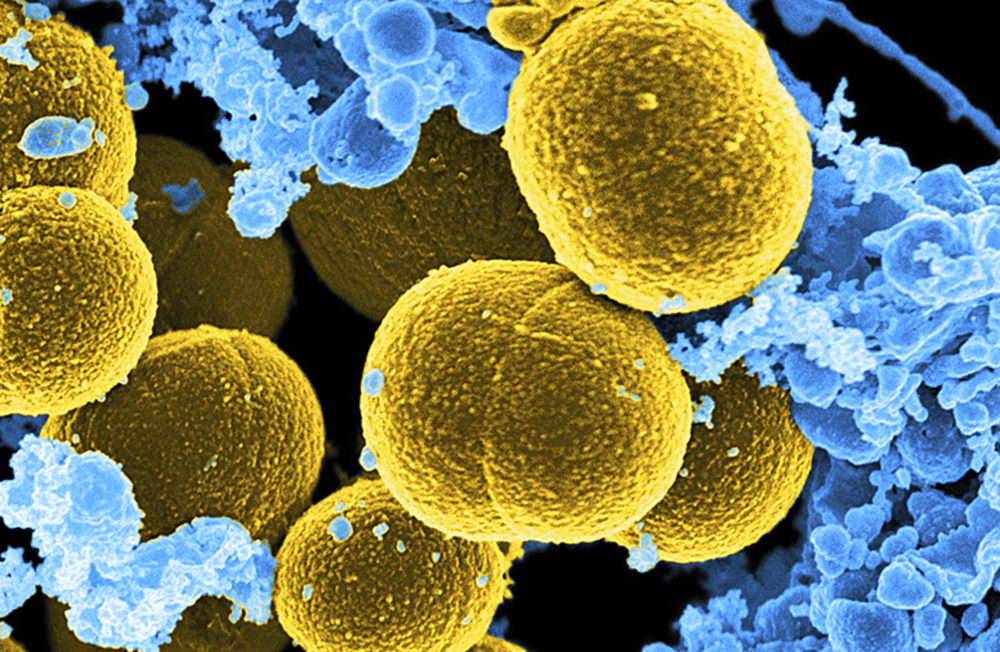
“Great fleas have little fleas upon their backs to bite ’em And little fleas have lesser fleas,and so ad infinitium.”
That ditty titled “Siphonaptera” was the first slide in Dr. Herbert’s lecture series on infectious disease. It became the first item my students learned each time I taught the topic. The idea that there are parasites and infections that are both macroscopic and microscopic, the notion that these tiny beasties could lead to the death of a man or the downfall of a nation, the wondrous understanding of the role of Science in securing our health and safety…… these were both the underlying themes of my coursework and the field of modern medicine.
I grew to love the exploration of the world of the tiny. Macro-photography revealed a sense of the design in nature that often escaped the eye. The microscope revealed swimming bacteria in live yogurt cultures. Stains displayed the beauty found in flagella or the cell wall. Every drop of pond water was a menagerie of life.
Today, I now longer dabble with the microscope. The news of the Coronavirus does bring to mind those who battle the many types of tiny critters. It also places in the forefront those who deny the science, the anti-vaxxers. The headlines remind us of the ever present threat from microbes and viruses (those that cross species in China and those that infect software from Russia). The battle vs the little beasties has been happening forever; as we are reminded by the poem “Lines on the Antiquity of Microbes” –
Fleas. Adam had’em.
